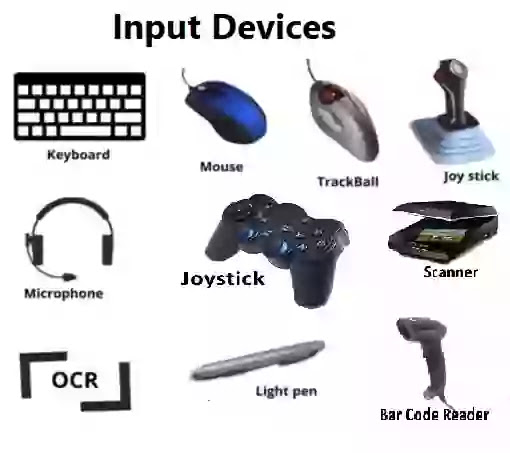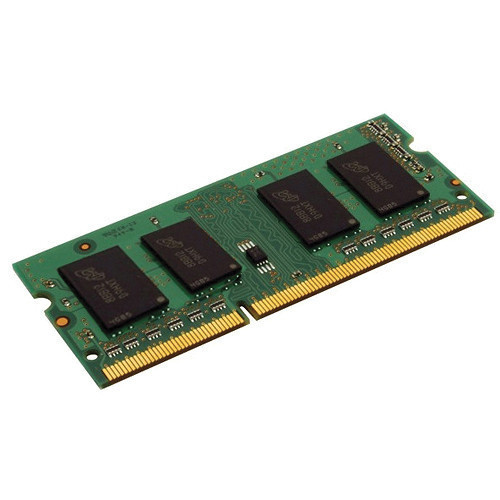
In the ever-evolving world of technology, computers have become an integral part of our daily lives. From personal computers to smartphones and tablets, these devices have transformed the way we work, communicate, and entertain ourselves. However, have you ever stopped to wonder how we interact with these machines? The answer lies in input devices. In this article, we will delve into the world of input devices in computers, exploring their types, functions, and significance in the digital age.
Introduction
Imagine a world where computers could not understand our commands, where typing text was impossible, and navigating through websites required cumbersome manual coding. Input devices bridge the gap between humans and machines, allowing us to communicate with computers effortlessly.
What Are Input Devices?
Input devices are hardware components that enable users to input data, commands, and instructions into a computer or other digital devices. They play a crucial role in the interaction between humans and computers, converting our physical actions into digital signals that the computer can understand.
Types of Input Devices
3.1 Keyboards
Keyboards are one of the most common input devices, allowing users to input text, numbers, and commands through a set of keys. They come in various layouts and designs, catering to different user preferences.
3.2 Mouse
The mouse is another widely used input device that facilitates cursor movement and interaction with graphical user interfaces. It typically consists of two buttons and a scroll wheel.
3.3 Touchscreen
Touchscreens have gained immense popularity in recent years, especially in smartphones and tablets. They enable users to interact directly with the screen, making navigation intuitive and effortless.
3.4 Trackpad
Trackpads are commonly found in laptops and serve as an alternative to the mouse. They respond to finger movements, allowing users to control the cursor and perform various gestures.
3.5 Joystick
Joysticks are primarily used in gaming and flight simulation. They offer precise control over movements in video games and flight simulations.
How Do Input Devices Work?
Input devices operate by converting physical actions, such as keystrokes or mouse movements, into electrical signals that the computer’s processor can interpret. These signals are then processed to perform specific actions or functions.
Importance of Input Devices
Input devices are the bridge between human intent and computer action. They are essential for a wide range of tasks, from typing documents to playing video games and conducting scientific research.
Evolving Trends in Input Devices
6.1 Voice Recognition
Voice recognition technology has made significant strides in recent years. Devices like smartphones and smart speakers now understand and respond to voice commands, reducing the need for physical input.
6.2 Gesture Control
Gesture control allows users to interact with devices through hand and body movements. This technology is becoming increasingly prevalent in gaming and augmented reality applications.
Choosing the Right Input Device
Selecting the appropriate input device depends on the specific task and personal preferences. Factors to consider include comfort, efficiency, and compatibility with the intended use.
Common Issues with Input Devices
Input devices can encounter problems such as unresponsive keys, erratic cursor movements, or connectivity issues. Regular maintenance and troubleshooting can help resolve these issues.
Maintenance and Care Tips
To ensure the longevity of your input devices, it’s essential to keep them clean and handle them with care. Regularly cleaning your keyboard or mouse can prevent performance issues.
Future of Input Devices
As technology continues to advance, input devices will likely undergo further transformations. Innovations in virtual reality, brain-computer interfaces, and haptic feedback promise exciting possibilities for the future.
Conclusion
Input devices are the unsung heroes of our digital interactions. From the trusty keyboard to cutting-edge voice recognition, they continue to evolve and shape our computing experiences. As we look to the future, it’s clear that input devices will play a pivotal role in the way we interact with technology.

